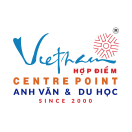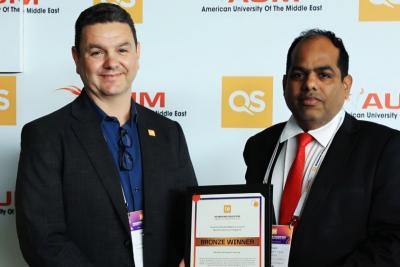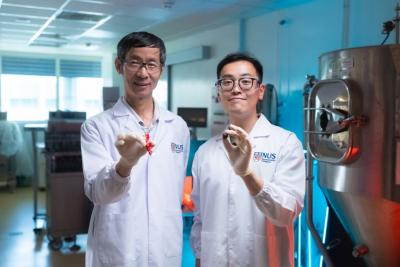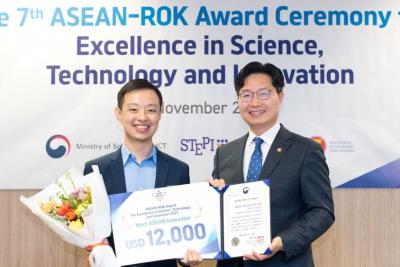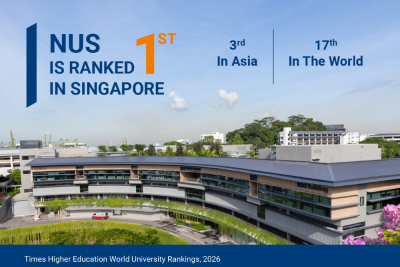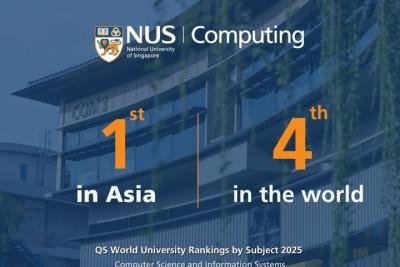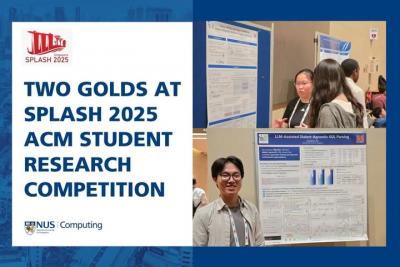Các nhà nghiên cứu NUS xác định các con đường mới gây ra ung thư gan
Hepatocellular carcinoma (HCC) is the most common type of primary liver cancer. It is one of leading causes of cancer-related deaths globally, with more than 700,000 new cases and 600,000 estimated HCC deaths each year. HCC occurs most often in people with chronic liver diseases such as hepatitis B, which is one of the main causes of HCC (particularly in Asia). While surgery, liver transplantation, or radiological intervention may be a viable option for early-stage disease, prognosis for advanced stage HCC remains bleak, with most patients eventually dying within 20 months after diagnosis.
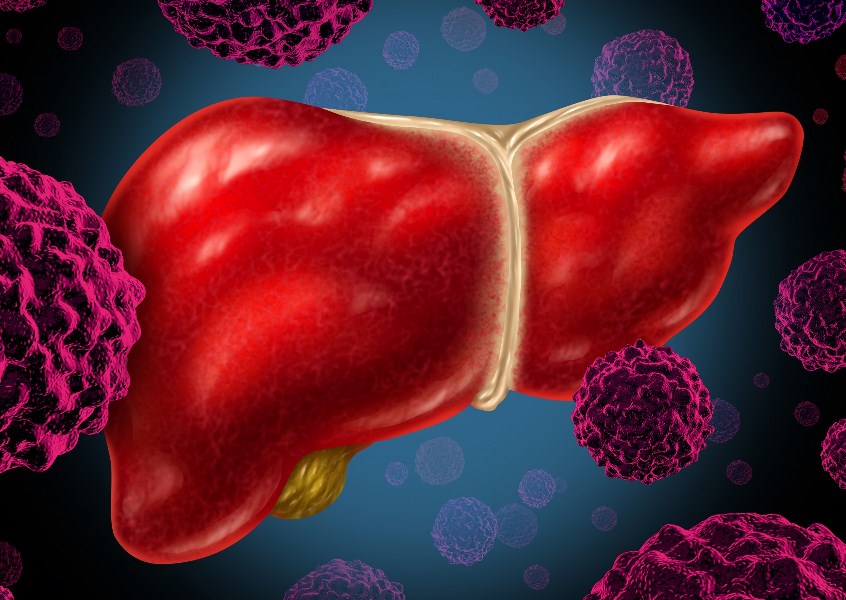
A team of researchers at the Cancer Science Institute of Singapore (CSI Singapore), led by Professor Daniel Tenen and Assistant Professor Yvonne Tay, embarked on a novel study which aims to address a yet unmet clinical need. The team identified new pathways that are responsible for HCC.
Their findings were published in the prestigious scientific journal, Science Advances, on 1 October 2021.
The CSI Singapore team focused on ‘pseudogenes’ – a section of chromosome that is an imperfect copy of a functional gene. A good metaphor of understanding the distinction between DNA, chromosomes, and genes is to think of the genome as a library. Our entire genome consists of many shelves of books, all of which instruct our body to produce different proteins, enzymes and other fundamental cellular materials. A gene is a single book that contains instructions for a specific product – like a single protein – while DNA sequences are the sentences in its pages. A chromosome is a shelf of books since it contains many genes, and all the shelves together combine to create the entire library (i.e. the genome). Humans usually have 23 pairs of chromosomes in each cell.
Xem chi tiết tại đây

